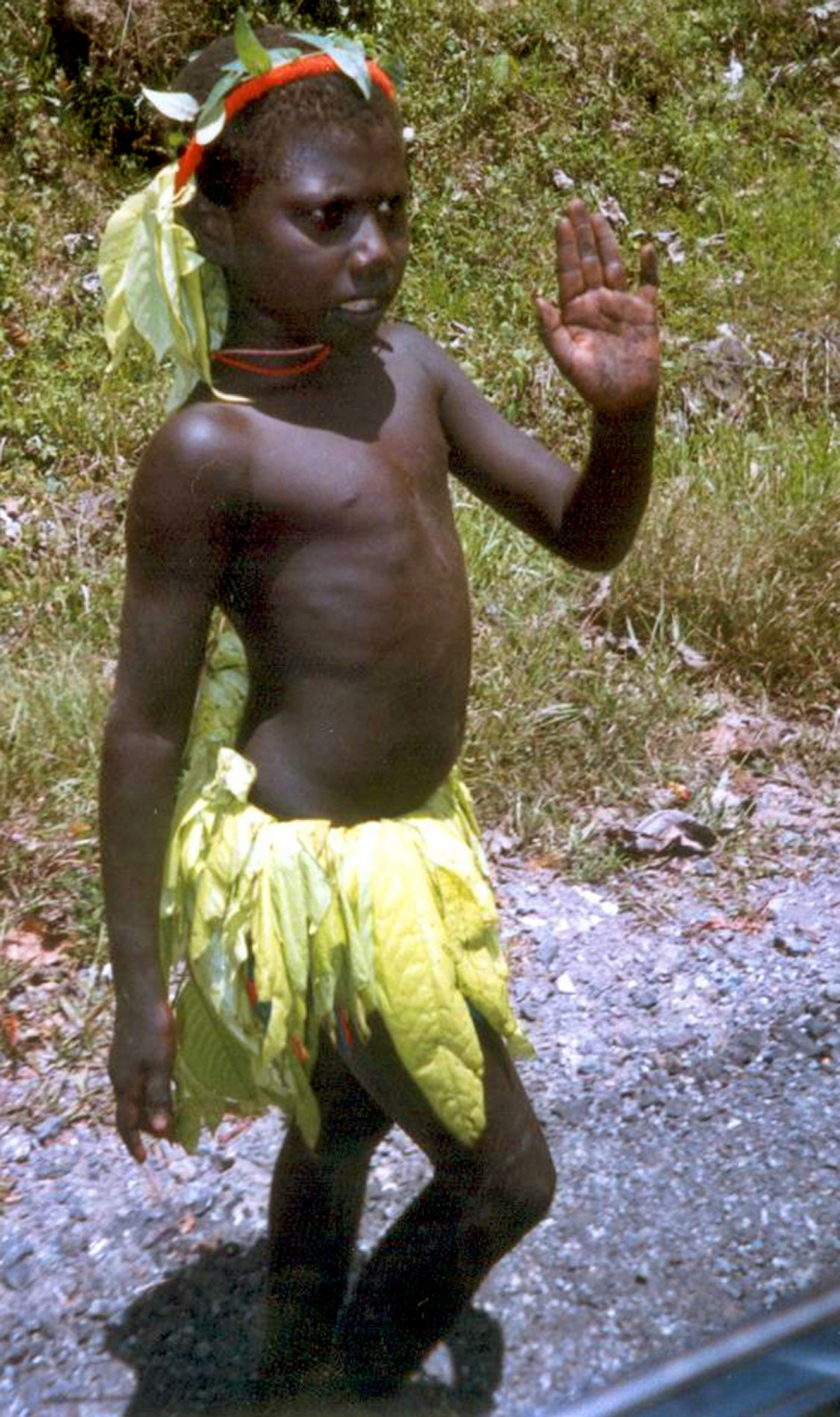Jarawas: Tourism Pushing Andaman Aborigines to Tipping Point

The Andaman and Nicobar Islands, a Union Territory of India which lies in the Bay of Bengal, have attracted renewed tourist interest after reports that some members of the Jarawas, one of the tribes, were paid to dance naked in front of foreign tourists.
The Andamans, which comprise over 550 islands, some of them uninhabited, are home to different tribes and is rich in exotic flora and fauna. The islands, which were battered by the 2004 killer tsunami, house some historic sites like the Cellular Jail.
In the wake of the renewed interest in the Andamans following the Jarawa dance controversy, IBTimes correspondent S Santosh Murthy, who had lived in the islands for over three years, writes about the not much explored places in the Andamans, tropical forests and historic places in the "Emerald Islands."
In the first of a four-part series, Santosh recounts his interaction with the tribes a few years ago and asks whether they should be left to themselves or brought to the so-called "civilized society" outside the forests.
The Andaman Trunk Road opens early in the morning and closes by about 4 pm. The gates will not open or close before the prescribed time. The administration strictly follows this rule to protect the tribal community.
When our bus reached Baratang at around 9:30 a.m., the whole area seemed silent except for the disturbing sound of the engine of our bus. We were waiting for the first glimpse of the Jarawa tribe.
Ten anxious minutes passed, and the whole bus was filled with cheer and wild excitement as we spotted the Jarawas approaching the bus.
"O, they are all naked," one woman sitting behind commented.
"They are so black," another said.
And in no time, the bus was surrounded by a group of naked men, women and children, carrying bows and arrows. Some of them climbed on the bus.
We hesitated to get down from the bus when we found that these men and women were strong and tall. The barrel-like chests of the men looked like armour.
But when we got down from the bus, we were greeted by reassuring smiles. They shook hands with us.
My camera attracted some of them and they wanted me to take their photos. But a billboard on one of the trees stared at me: "Don't offer any food items to the tribes. Taking photos and videos prohibited. Anyone attempting to violate the rules will be prosecuted."
But there was no getting way... They had already posed for a photo.
I pretended as if I were taking their photos. They continued to emit innocent smiles and I felt guilty since I didn't really take their photos.
They danced for us and we also danced with them. Some sang songs the meaning of which we couldn't understand.
I offered fruits to some of them which they ate and shared with others. They called me "baiya", demanding more fruits. They had learned the Hindi word for brother thanks to the tourists.
When we waved our hands to say goodbye to them, they imitated us and waved their hands in the same manner. They appeared happy with our visit.
Our visit happened a few years ago when such visits never created any controversies.
The Jarawas belong to the oldest Mongolian tribe who had remained untouched by the outside world for about 60,000 years. The tribe is found in the south-eastern part of South Andaman Island.
There are only a few hundred of them as per census. The tribes have a fragile immune system, making them vulnerable to diseases. During a 1789 epidemic, a large number of them perished. This lost and isolated tribe came into contact with the outside world around only in 1998.
The Jarawas hunt animals like pig for food. They relish fish too. Fruits, nuts, seeds, tubers, roots and leaves are also part of their diet. But blame it on tourists, they now eat even junk food.
Thanks again to the tourists, some of them are seen wearing jeans nowadays when they come out of the forests. They mingle with people and eat whatever food they are offered. But at the end of the day, they retire to their huts in the forests.
The "civilized" world's "unwanted" influence on the Jarawas has become a hot topic for discussion over the past few years. Those who advocate the undisturbed continuity of the Jarawa lifestyle find fault with the island administration for allowing tourists into the forests. On the other hand, the "progressives" argue that the Jarawas should mingle with others and that it is the duty of the "civilized" world to bring them to the mainstream.
Should the Jarawas be left undisturbed in the remote forests? Or, do we have to protect them in the forests like "endangered species"?
Next in the series: 10 Reasons Why You Should Visit 'The Jewel of India'
© Copyright IBTimes 2025. All rights reserved.





















